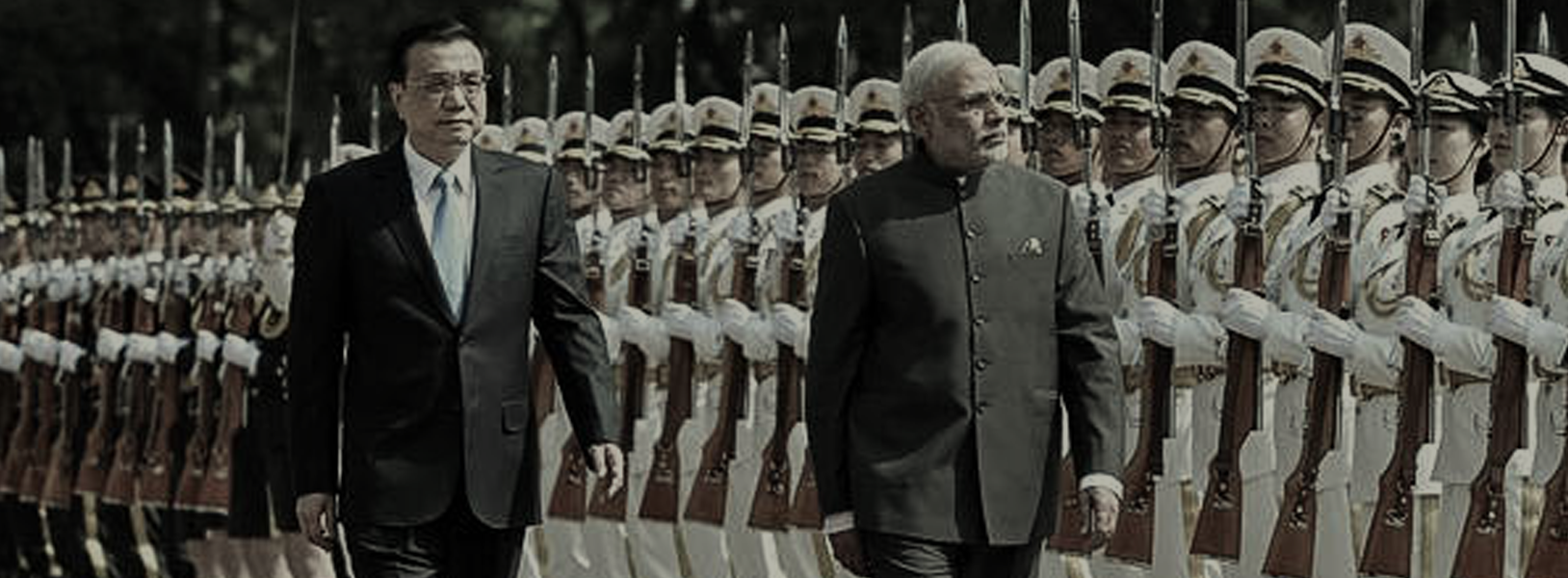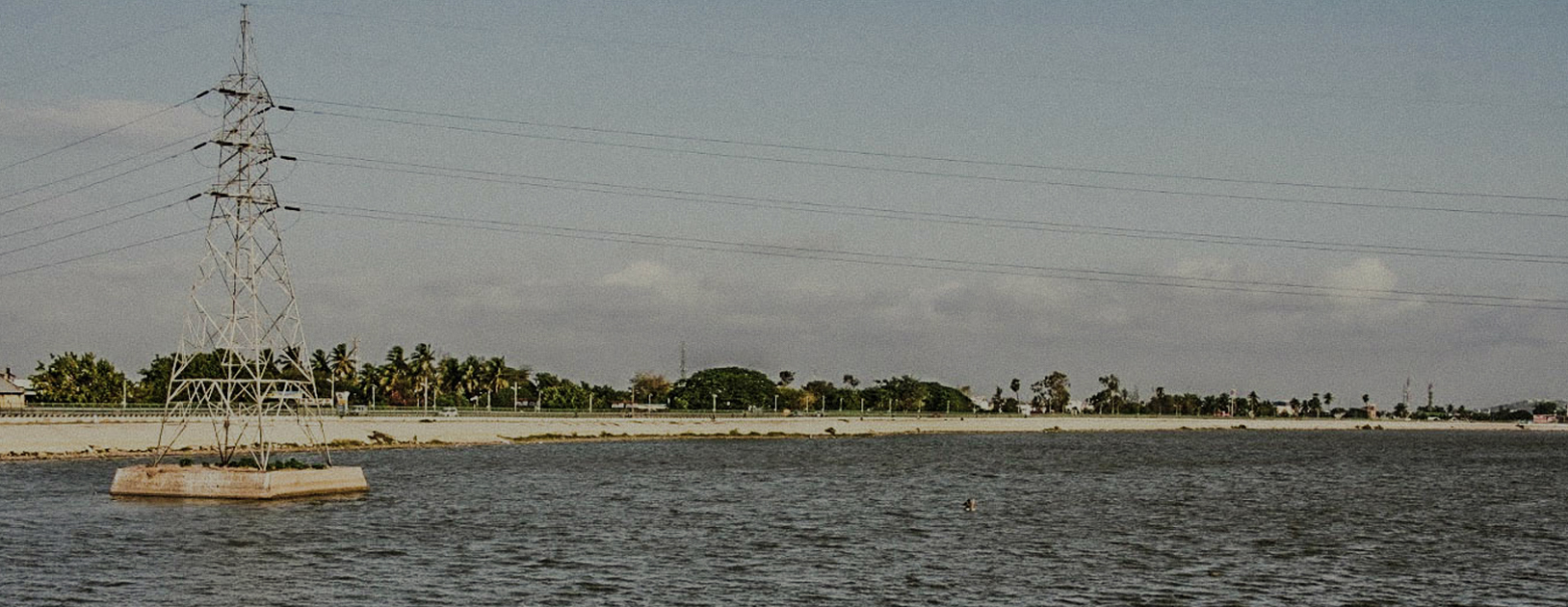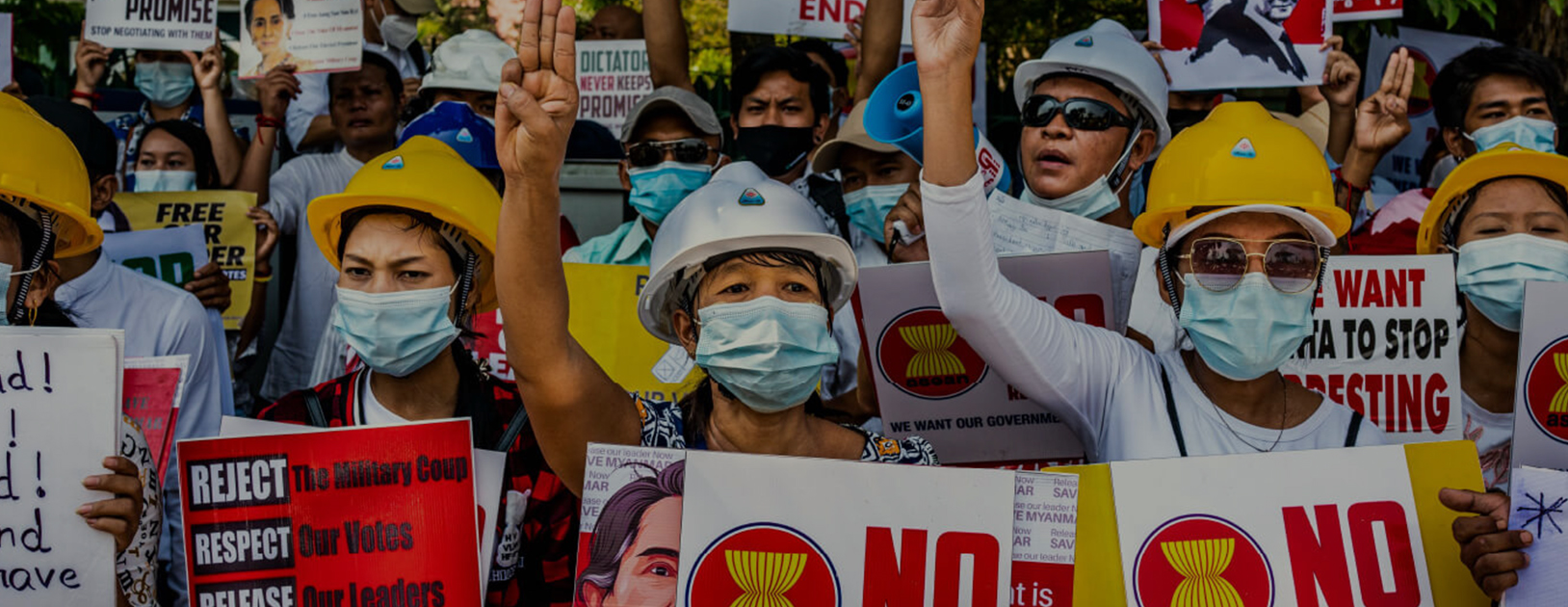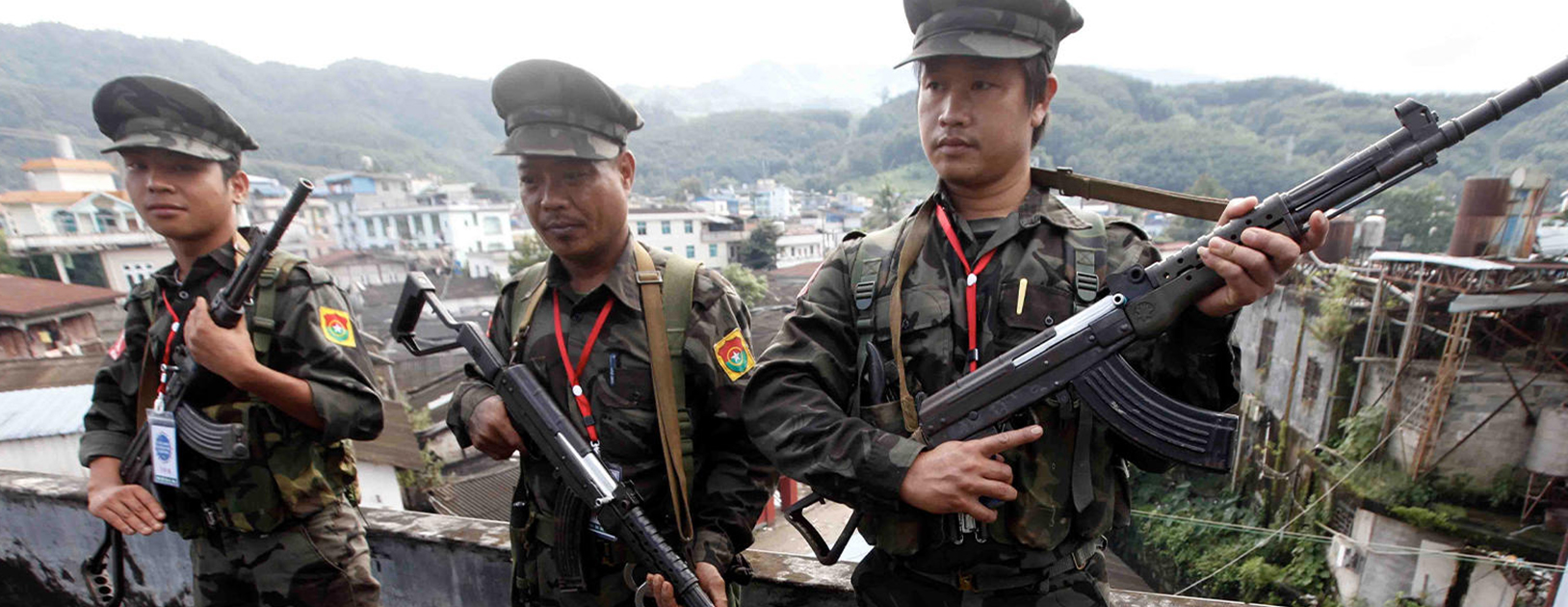By Mukta Naik
On the cusp of its demographic dividend,1 India seeks to boost economic growth by transitioning large numbers of its working age population out of low productivity agricultural work, which currently absorbs 44% of the country’s workforce.2 While farm productivity is vital, urbanization remains a key opportunity for large-scale employment transitions to the relatively productive non-farm sector. Moreover, cities have the potential to be ‘engines of economic growth’ for national economies, powered by an increase in productivity and innovation that emerges from the clustering of firms and labour, and tacit information spillovers between them.3
Key Urban Challenges
To leverage the urban opportunity, India needs to address three significant challenges: how to move people, how to broaden the scope of urbanization, and how to improve the quality of urbanization.
Migration mitigates poverty, yet barriers to long-term migration persist. Internal migrants constitute about 28.3% of India’s workforce. Another estimated 40-100 million short-term migrants do not permanently move their residence, but power critical sectors of the industry including agriculture, manufacturing and construction.4 Moreover, short-term migration is a key avenue for rural households to diversify their income and access employment in more urbanized and developed regions; in this, migration is a counterbalance to regional imbalances in the country. Worryingly, the urban wage premium exists only for well-educated migrants. For less educated rural migrants in the city, the wage premium kicks in only when they find regular employment; until then they remain casual workers likely to move through rural and urban locations without putting down roots.5
Policy documents have acknowledged the Constitutional guarantee for free movement within India and recognized that the unfettered movement of human capital to where it is required is fundamental to India’s economic development.6 Yet, labour mobility remains a neglected area of public policy. Migrants are often unable to access social protection, including access to subsidized food and housing. They face political exclusion because there is no system that enables the participation of absentee migrant voters in elections. Moreover, inter-state migrants from socially backward categories stand to lose access to affirmative action provisions because SC/ST lists are prepared by states. State-level domicile provisions continue to keep migrants out of higher education and formal employment. Moving people, therefore, requires attention to economy, society and institutional design.
India’s urbanization is dispersed, but metros get most of the attention. Urban policy in India since the mid-2000s has focused on transforming metropolitan areas – large urban spaces that sprawl across districts and incorporate multiple municipal (and rural) entities – into economic powerhouses. This has reflected in the Government of India’s urban schemes over time. The Jawaharlal Nehru National Urban Renewal Mission (JNNURM) exhibited a clear metropolitan bias.7 Recent schemes such as the Atal Mission for Rejuvenation and Urban Transformation (AMRUT) and the Smart Cities Mission have also favoured metros and million-plus cities.
Policymakers have barely paid attention to the dispersed spatial nature of India’s urbanization. It is driven not by the large-scale migration of villagers to the metropolis, as is popularly imagined, but by the natural growth of large city populations, and the in situ transition of large and dense villages into census towns through demographic and economic changes.8 This trend, which is likely to continue,9 indicates that India’s urban vision need not be limited to the larger cities. In fact, the growth of small towns beyond the economics of large agglomerations is a key emerging trend in India that needs to be understood and valorized.10 Given the scale, diversity and spatial spread of urbanization processes in India, it might be entirely feasible to create hundreds of economic powerhouses in multiple locations that can trigger economic mobility for millions and reduce regional inequalities.
Cities are messy and exclusionary, and urbanization processes are top-down. Indian urbanization is caught in a paradoxical situation where, despite the attempts to address infrastructure and service gaps in larger cities, they remain increasingly unliveable as well as exclusionary.11 For residents, the economic opportunity represented by the city is countered by disincentives like higher costs of food and housing, bad air quality, inefficient transport and inadequate basic services. In urban policy, however, the messiness is perennially attributed to in-migration, slums and poverty; its perceived antidote is a planning regime that seeks to indiscriminately transpose Chandigarh-like order – replete with grids and single land-use zooming – on cities and even transitional rural spaces. This imagination does not recognize the diversity of spaces that make up urban India, nor does it acknowledge the need for bottom-up efforts to build housing, provide services and organize transport.
Driven from the top, urban development schemes have shaped cities in particular ways; there has been no serious effort to decentralize power to urban local bodies – as mandated by the 74th Constitutional Amendment – or equip cities with adequate numbers of urban managers and technocrats. Cities are struggling with providing basic services and raising revenue. Instead of being handled by the directly elected government that runs the municipal corporation, critical planning functions related to land use and zoning; infrastructure and design interventions that can respond to local needs for public space, improved transport and safe streets; and economic functions related to industry and employment are carried out by state government-run institutions (development authorities, industrial development corporations and transport corporations). This makes it hard for governments to respond to localized problems, or tap into community initiatives.
Policy Recommendations
India needs an integrated approach to urban policy, which recognizes the diversity of urban spaces in India, focuses on strengthening city governance systems, and is migrant-friendly.
Multiply urban growth engines. That India is moving towards a spatially dispersed urban system is good news, as it offers an opportunity to intervene in places that are yet to replicate the mistakes of large cities. We need to replace the imagination of transforming Mumbai into Shanghai – an onerous task – with a mission to transform hundreds of small cities across India, say in the size range of 100,000-600,000 people, into economic powerhouses. We must draw confidence from the successes of such cities the world over, which have been hotbeds of innovation and transformation.
The government must reorient central and state government schemes to include small cities, as a means of signalling their inclusion into India’s urban growth narrative. Not only will funding go much further in a small city, if designed in a non-prescriptive way schemes could allow for solutions to emerge from the ground up, thereby encouraging entrepreneurial energies and public institutions to collaborate. Contrary to expectations, these abound in small cities across India. In Odisha, for example, a state government scheme to grant titles to slum dwellers is leveraging the Pradhan Mantri Awas Yojana (PMAY) to set off a mini construction boom in small towns. In Kishangarh, Rajasthan – a city of 150,000 people – local business elite have leveraged infrastructur (such as a new airport, a private logistics park and a dedicated rail freight corridor) to position the city as a global centre for processing domestic and imported marble and granite, generating work for both migrants and locals.
A focus on small cities also helps villagers, given half of India’s rural-urban migration is to smaller cities. Placed at the mobility cusp, investments in small cities can go much further than basic infrastructure to create quality jobs and develop skills, both for rural and urban workers; they can also build infrastructure that boosts quality of life (transport systems, street lighting and public spaces).12 With over half of India’s industries located in what is currently classified as rural,13 policies related to industrial development, skill development and labour must also focus on transitional ‘rurban’ spaces. This would call for an integrated response to urban and rural development that recognizes spatial diversity and responds to the wide variety of settlements across the country.
Un-think rigid planning regimes, empower local governments. The rigid master plans of our cities – and not all of them have plans – have been ineffective in strategically coordinating service provision and market forces to sustain economic growth. The governance and management of metropolitan areas might require a sui generis approach,14 given the complexities of their problems and the multiplicity of governance actors and institutions. But here too, solutions that are locally incubated must be emulated. For instance, the secret to Kolkata’s reliable, affordable and well-connected auto rickshaw system, is localized legislation to circumvent the vagaries of central laws and the involvement of representatives of rickshaw unions in key decisions like route planning.15 Certainly, a serious attempt to devolve power to urban local bodies and activate district planning committees is a necessary prerequisite to planned urbanization.
Beyond the logics of planning, a plethora of bottom-up initiatives must find representation in urban reform strategies, with the key objective of making cities efficient and pleasant places to live, work and socialize. Some of these initiatives deliver lasting solutions, such as the public library in Panaji, Goa, that is open seven days a week to all residents to read, study and interact, or South Canara’s privately operated bus system that transports thousands every day within and between the towns and villages of the coastal region. In other cases, they narrate a story of continuing struggle. In resettlement colonies like Bhalswa in Delhi, residents have been instrumental in bringing in services and amenities through protests, negotiations and legal representations with elected officials and bureaucrats over 15 years. Their resilience and persistence eventually resulted in partially mitigating the deep failures of the resettlement policy.
Therefore, instead of viewing the presence of informal settlements purely as failures of planning, Indian cities must leverage the vast amounts of investments residents have already made through auto-construction by extending basic services to informal settlements. Further, cities must amend statutory planning documents to include a variety of tenure typologies that promote mixed-use, mixed-income neighbourhoods and include rental housing. Similarly, in order to find context-specific solutions to house the homeless, ensure spaces of livelihood for street vendors, treat faecal sludge from septic tanks, and transport women safely to places of work, cities need to un-think the rigid plan and partner with communities, civil society and entrepreneurs to find workable models.
Enable labour mobility and improve governance of migration. Finally, a focus on the portability of social protection could be key to knocking down barriers for migration, enabling rural workers to reduce risks as they find regular employment and social acceptance in the city. Immediately, the government has the opportunity to amend legislations so as to facilitate the registration of migrant construction workers in schemes under the Building and Other Construction Workers Act. This programme has an unspent pool of nearly INR 200 billion for social benefits of this highly mobile and vulnerable group.16 Similarly, delinking individuals from household ration cards and a digital recordkeeping system would enable migrants to access Public Distribution System benefits wherever they might be. Experiments with smart card systems are already underway, with the Rashtriya Swasthya Bima Yojana (RSBY), but need strengthening and improvement. Overall, ramping up universalized social protection in education and health, including critical interventions like Integrated Child Development Scheme (ICDS), is likely to incentivize long-term migration to cities over time.17
Key Takeaways
With the thrust of urban change occurring in small towns and densifying villages, the incoming government must seize the opportunity of incubating a large number of economic powerhouses in dispersed locations. A reorienting of investments towards small cities, a push towards decentralization, and keen attention to bottom-up context-specific solutions will provide pathways out of rigid planning and governance models that have not delivered. As cities become better places to live and work, dismantling barriers to migration will become imperative for the equitable distribution of economic opportunities and benefits.
Other pieces as part of CPR’s policy document, ‘Policy Challenges – 2019-2024’ can be accessed below:
1 See pages 30-34 in the Economic Survey 2016-17 (New Delhi: Economic Division, Department of Economic Affairs, Ministry of Finance, Government of India, 2017).
2 Modelled International Labour Organization estimate for 2018, https://data.worldbank.org/indicator/sl.agr.empl.zs.
3 G. Duranton, ‘Cities: Engines of Growth and Prosperity for Developing Countries?’, Working paper no. 12 (Washington D.C.: Commission on Growth and Development, 2008); World Bank, ed., ‘Urban Policy and Economic Development: An Agenda for the 1990s (Washington, DC: World Bank, 1991).
4 P. Deshingkar and S. Akter, Migration and Human Development in India (2009); R. Srivastava, ‘Labour Migration in India: Recent Trends, Patterns and Policy Issues’, Indian Journal of Labour Economics 54(3) (2011): 411-440.
5 P. Mukhopadhyay and M. Naik, ‘Moving from Principle to Practice’, in People on the Move: Advancing the Discourse on Migration & Jobs (JustJobs Network, 2018).
6 MoHUA, ‘Report of the Working Group on Migration’ (New Delhi: Ministry of Housing and Urban Affairs, Government of India, 2017).
7 S. Khan, The Other JNNURM : What Does It Mean for Small Towns in India?, Working Paper No. 4 (CPR: 2014).
8 Pradhan 2013
9 Roy and Pradhan predict that in Census 2021, the share of India’s urban population will continue to grow beyond municipal limits in census towns, both under the influence of metros and also in more localized forms away from metros.
10 E. Denis and M.H. Zerah, Subaltern Urbanisation in India: An introduction to the Dynamics of Ordinary Towns (New Delhi: Springer, 2017).
11 Indian cities rank poorly on the Mercer Quality of Living Survey 2019. See https://www.mercer.com/newsroom/2019-quality-of-living-survey.html; A. Kundu, and L. Ray Saraswati, ‘Migration and Exclusionary Urbanisation in India’, Economic and Political Weekly 47(26 & 27) (2017): 219-227.
12 M. Naik and G. Randolph, ‘Migration Junctions in India and Indonesia: Re-imagining Places, Re-orienting Policy, Policy brief (JustJobs Network and Centre for Policy Research, 2018).
13 E. Ghani, A.G. Goswami and W.R. Kerr, ‘Is India’s Manufacturing Sector Moving Away from Cities?’ (National Bureau of Economic Research, 2012).
14 See Partha Mukhopadhyay and Mukta Naik’s op-ed titled ‘For equitable growth, India must unthink the urban’, Hindustan Times, 17 December 2018, https://www.hindustantimes.com/analysis/for-equitable-growth-india-must-….
15 Arora et al., ‘Integrating Intermediate Public Transport Within Transport Regulation in a Megacity: A Kolkata Case Study’ (New Delhi: Centre for Policy Research, 2016).
16 S.N. Roy, Manish and M. Naik, ‘Migrants in Construction Work: Evaluating their Welfare Framework’ (2017).
17 Mukhopadhyay and Naik, ‘Moving from Principle to Practice’.










